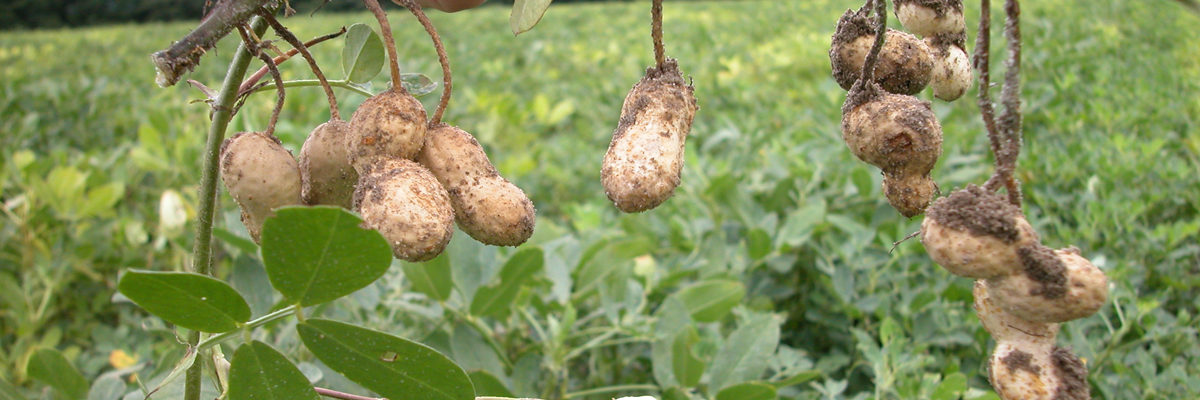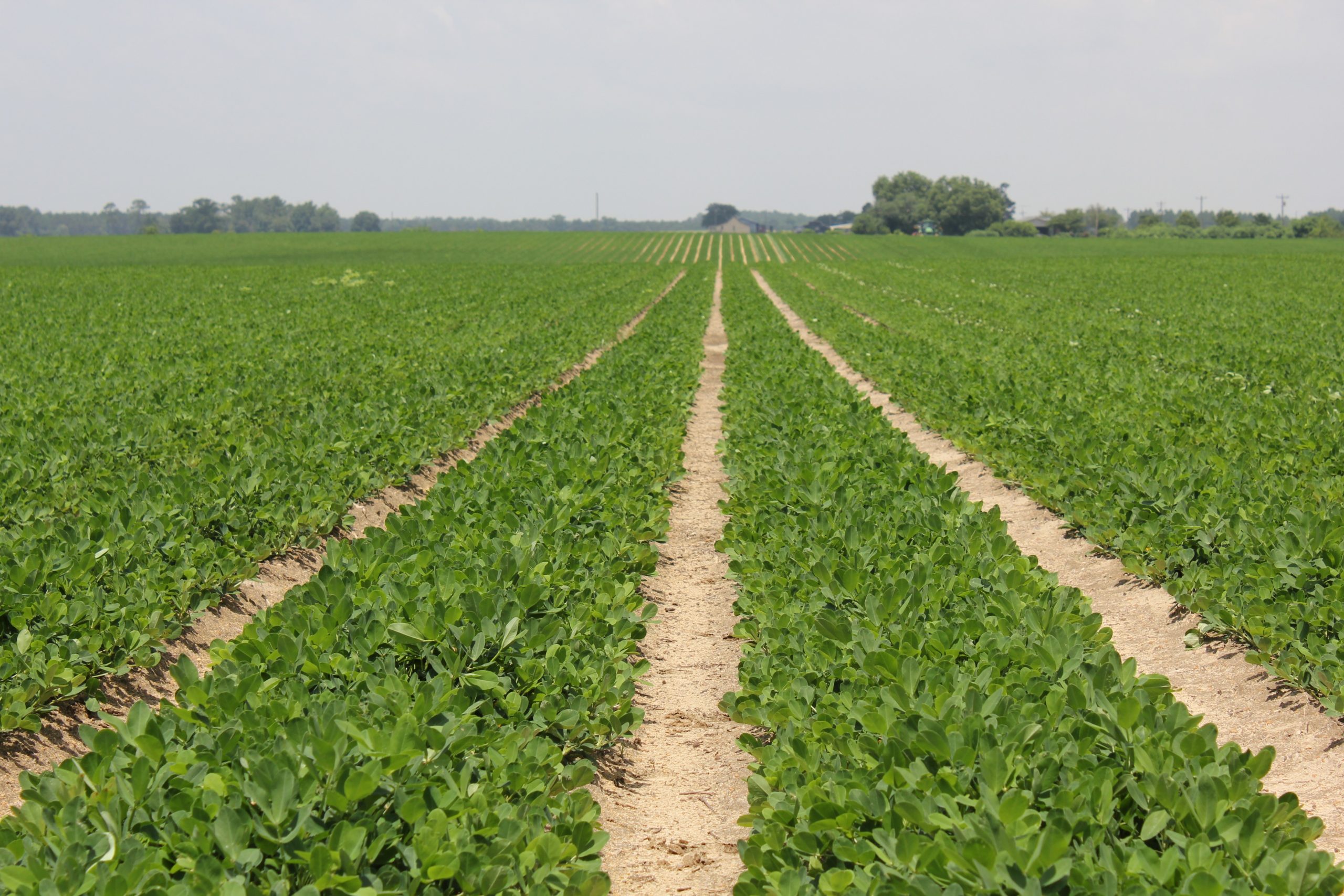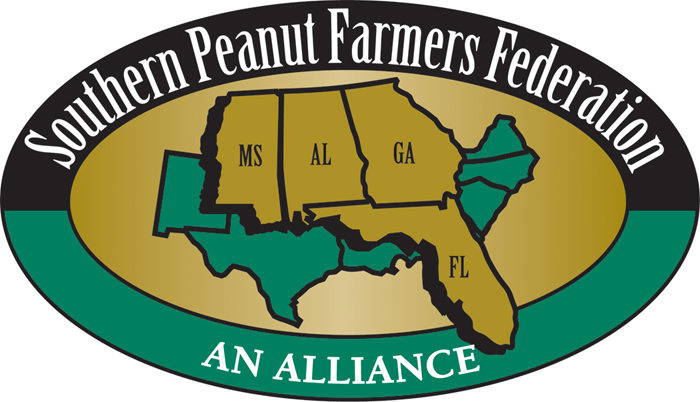
Peanut Sustainability 101
Peanuts and peanut butter are a delicious addition to many dishes. Did you know they are also sustainable ingredients that you can feel good about eating?
Here are just a few reasons why America’s most popular nut is good for our planet, our health and communities everywhere:
- Peanuts are nature’s zero-waste plant. Everything from the roots to the hulls are utilized.
- Peanuts require less water and have the smallest carbon footprint of any nut. While tree nuts such as almonds and cashews need consistent water, peanuts adjust their growing cycle based on available water.
- Peanut plants have a unique ability to improve soil. They are nitrogen fixing, which means they take nitrogen from the air and produce their own in the ground which benefits other crops.
- The peanut industry is constantly looking for ways to improve sustainability. Thanks to better farming practices, it takes less than half the amount of land to grow a pound of peanuts today than it did just 30 years ago.
- Peanuts fight hunger in communities of need every day – here and around the globe. Because peanut butter is an economical source of protein that doesn’t require refrigeration it is one of the most requested items by U.S. food banks.
- In developing countries, peanut-based ready-to-use therapeutic foods (RUTFs) are saving malnourished children. They are often the first food given because of the nutrition they offer, but also because they are portable and have a taste people around the globe love.

Peanuts Water Usage
In comparison to other nuts, peanuts (yes, we know they aren’t technically nuts) require the least amount of water to produce and have the smallest carbon footprint. For a one-ounce serving of shelled peanuts, it only requires 3.2 gallons to grow. How do other snacking nuts compare?
- 28.7 gallons = 1 ounce of shelled almonds
- 26.7 gallons = 1 ounce of shelled walnuts
- 23.6 gallons = 1 ounce of shelled pistachios
Not only do peanuts have unique growing characteristics and require a small amount of water, they are beneficial in many other ways. With more protein than any other nut, peanuts benefit our health by providing more than 30 essential vitamins and nutrients. Peanuts and peanut butter also make a positive impact on our economy by supporting more than 7,000 peanut farming families, local communities and businesses across the supply chain.

Beneficial Characteristics of the Peanut Plant
Peanut sustainability begins with the positive characteristics of the peanut plant:
- Biomass-to-fruit ratio: There are two major benefits to a peanut plant’s size and structure. First is the way the peanut canopy grows. The outstretched vines create somewhat of a micro-climate that contributes to water conservation. Second, the plant weight relative to the yield means that it has a small amount of foliage, meaning it requires less water.
- Nitrogen Fixation: As a legume, peanuts form nodules on the roots of the plant, which allows for a mutually beneficial relationship to develop with soil bacteria (Rhizobia) to take nitrogen from the air (or in soil spaces) and automatically feed nitrogen into the plant . Therefore, peanuts don’t need any additional nitrogen to sustain them. This nitrogen fixation helps the soil by not depleting the available nitrogen and helps production costs by not requiring as much fertilizer.
- Root Depth: Peanuts are a deep rooting crop, with some roots growing more than six feet underground. The roots also grow crossways within the soil. This sturdy root system allows the peanut plant to better utilize water during droughts. The roots can grow deeper to find water and obtain nutrients from the soil.
- Unspecified Fruiting Pattern: Peanuts will continually put on new flowers which ultimately become new pegs or peanuts over time. In periods of dry weather, the peanut plant will pause fruiting. Once it rains, the plant will start flowering again and continue to bear fruit, which is especially beneficial for non-irrigated plots. For irrigated peanuts, this feature allows the plant to continue the fruit addition process through the onset of new flowers, which has the potential to significantly increase yield.
- Efficient Fertilizer Use: On most plants, farmers add phosphorus and potassium as fertilizer. But peanuts do not require a fertilizer because the root system is efficient at taking nutrients from the soil. In addition to the nitrogen fixing characteristics, this is a big benefit to soil conservation and sustainability.
Links
Sustainable U.S. Peanuts website
American Peanut Council Fact Sheet on Sustainability
National Peanut Board – Peanuts are the Crop of Now
The National Peanut Board – Sustainability
